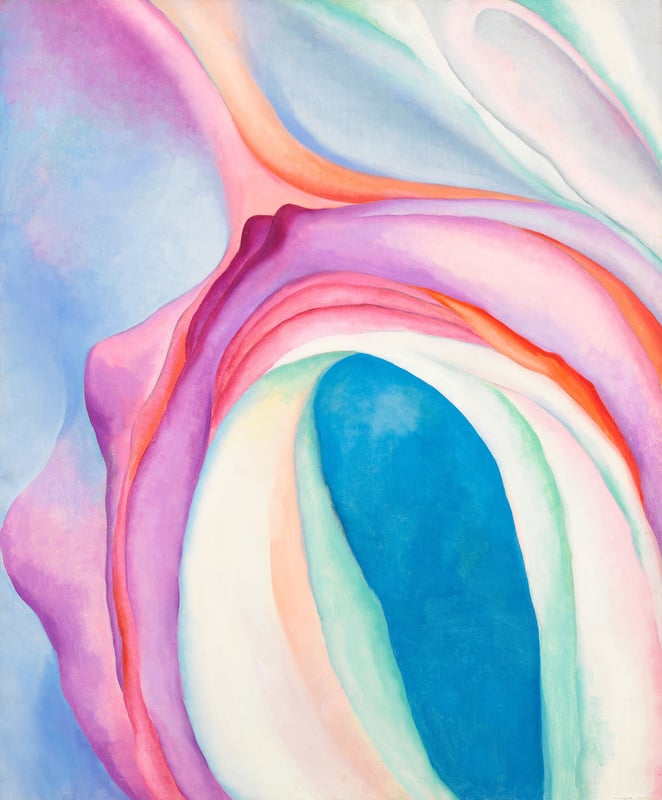“America Is Hard to See,” the museum-wide debut exhibition at the Whitney Museum of American Art’s new home, has come into clearer view.
Encompassing the entirety of the museum’s 50,000 square feet of interior exhibition space and its 13,000 square feet of roof terraces, the show spans just over a century of American art, and is overseen by Donna De Salvo, chief curator and deputy director for programs, leading a team including Carter Foster, curator of drawing; Dana Miller, collection curator; and Scott Rothkopf, curator and associate director of programs.
“The title ‘America Is Hard to See’ points to the impossibility of offering a tidy picture of this country, its culture, and, by extension, its art,” says De Salvo. It comes from a poem by Robert Frost which was also the title of a 1970 documentary by radical documentary filmmaker Emile de Antonio.
The show spans 23 thematic “chapters,” each named after a work of art.
Some of the chapters and their subjects:
“Eight West Eighth” takes on the museum’s roots, in its first home, in Greenwich Village, and features Robert Henri, John Sloan, Charles Sheeler, and Berenice Abbott.
“Forms Abstracted” is named for a Marsden Hartley canvas, and includes artists like Georgia O’Keeffe, Joseph Stella, and Stuart Davis, who took on the influences of Cubism and Expressionism, along with other European avant-garde movements.
“Breaking the Prairie” studies the American landscape via the works of Grant Wood, Thomas Hart Benton, Edward Hopper, Bill Traylor, and others.
Named for an icon of the museum’s collection, “Calder’s Circus” turns to spectacle, including the growth of cinema and the appetite for entertainment as it affected the work of artists such as George Bellows, Weegee, and Lisette Model.
Activist artists come in for consideration in “Fighting with All Our Might,” titled for a Hugo Gellert print and including Walker Evans, Dorothea Lange, José Clemente Orozco, and Jacob Lawrence.
Abstract Expressionism is surveyed in “New York, N.Y., 1955,” named for a Hedda Sterne canvas and defined by the works of Jackson Pollock, Joan Mitchell, Lee Krasner, Willem de Kooning and Mark Rothko, with sculptures by David Smith on a nearby terrace.
The knotty subjects of identity, race, and gender are the focus of “Guarded View,” named for a Fred Wilson sculpture of mannequins dressed as museum guards. Artists like Jimmie Durham, David Hammons, Lorna Simpson, and Sue Williams are on the roster.
For previous coverage of the Whitney, see:
New Whitney Ready to Take on MoMA
Unprecedented Gift to Whitney Museum’s Photo Collection
Whitney Museum and High Line Launch Collaboration
“America Is Hard to See” will be on view May 1–September 27, with some floors closing before and after that date.






